7.20 - Product Life-cycle Management (PLM)
Overview
Computer-aided design, engineering and manufacturing systems, with their ability to quickly generate and change product data, have strained the conventional systems used to define products, manage data, and the process of creating and using the data. To add complexity, this information is often stored in different formats on a variety of different, dispersed computers and multiple media types including paper.
What PLM Does
PLM (previously known as PDM) is a software tool that helps engineers and others manage product definition data and the product development process. PLM systems keep track of the masses of data and information required to design, manufacture, support and operate a product. PLM boosts profitability by helping to achieve orderly and efficient development, manufacturing, and distribution.
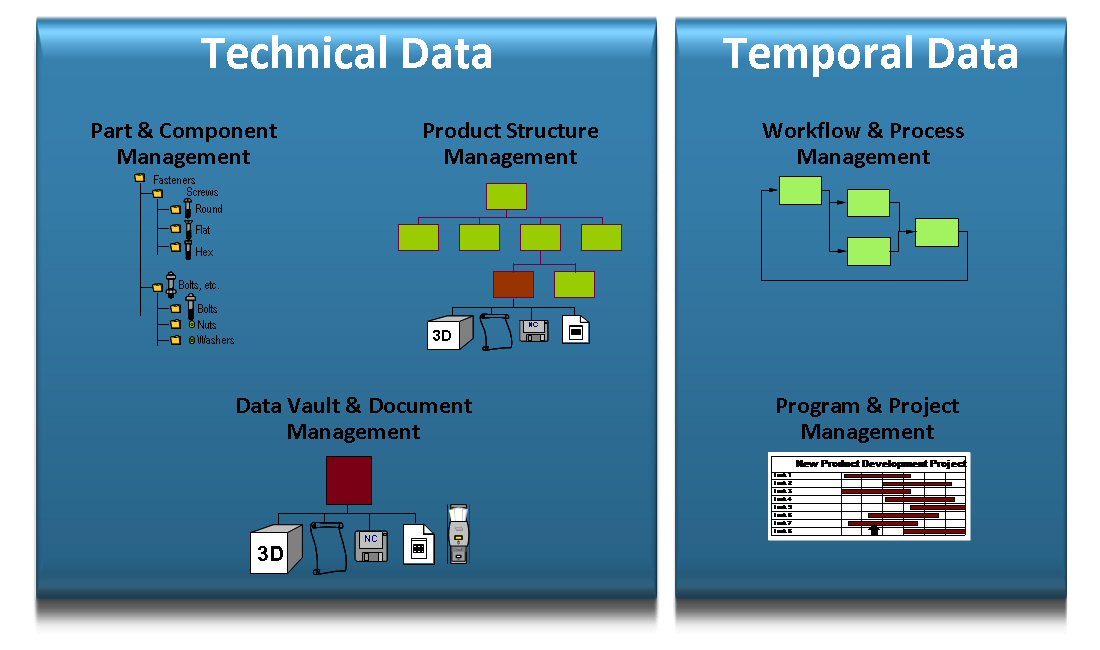
PLM is not a new technology. The first commercially available computerised systems were introduced in the early 1980’s. A fully developed PLM system will operate across a wide range of systems used by engineering, manufacturing planning, shop floor, operations, administration, and other organisations – even if they are located in different parts of the world. The majority of PLM systems today use relational database management systems.
PLM has Strategic Value
PLM is an enabling technology for implementing many of the broad corporate “re-engineering” initiatives major manufacturers are currently implementing. PLM can have a dramatic and positive impact on time to market and product quality through improved development methods that are faster and produce fewer errors.
Enabling Concurrent (or Simultaneous) Engineering (CE or SE)
Because of their application to a broad set of users and disciplines and their systems for controlling the flow of information, PLM systems serve as enablers for implementing concurrent engineering practices. The benefits extend well beyond reducing engineering design time to include cost savings in manufacturing, reduced time to market, and increased product quality.
Enterprise-wide implementation: Bigger is better
Though it provides significant productivity gains when used by workgroups, PLM accrues much greater impact within an enterprise-wide environment. Having evolved to support process definition and control, and to manage an end-to-end processes, PLM systems are being implemented as the framework for the enterprise, not just for a subset. PLM systems interface to discipline-specific frameworks and incorporate them into the large scope of the total product life cycle.
Who are the users of PLM?
Designers, engineers, manufacturing engineers, operations engineers, project managers, administrators, purchasing agents and others who are users or creators of product data.
PLM manages PRODUCT DEFINITION DATA and the PRODUCT LIFE CYCLE PROCESS
PRODUCT DATA: Any information needed throughout a product’s life can be stored and managed by a PLM system, making correct data accessible to all people and systems. Product data includes:
Product Specifications
Specifications
Geometric Models
Engineering Analysis Models
Notes and correspondence
Audio and live video annotations
Hardcopy documents |
Part definitions
Computer-aided design (CAD) drawings
Images (scanned drawings, photographs, etc.)
Manufacturing process plans
Automated factory machine programs
Project plans
Computer Software |
The “Electronic Vault”: PLM systems use an “electronic vault” to store information that points at the actual location of the data. Data controlled by PLM cannot be accessed without going through the system’s check-in and check-out procedures. Users do not have to know where data are actually located or how to use computer or network commands.
PRODUCT LIFECYCLE: The product development process is managed as well as the data: PLM systems control all product information, approval processes, and authorisations, ensuring that users always get and share the most recent, approved information. PLM uses electronic mail, automatically notifying personnel about important events or required actions thereby minimising delays and misplaced communications. See section 10.
PLM Functions and Benefits Summary
PLM Function |
Business Benefits |
Parts Management Including: classification & retrieval management (See Guide 6.17) |
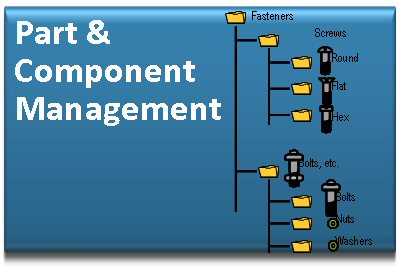
|
PLM parts management provides much more efficient mechanisms for classifying and finding standard and similar parts than do catalogues and other manual systems, helping engineers to avoid continually designing parts from scratch. This leads to greater product standardisation, reduced re-design, manufacturing savings and reduced inventories. Also see guide 7.19 – Component and Supplier Management (CSM) |
Data and Document Vault Management |
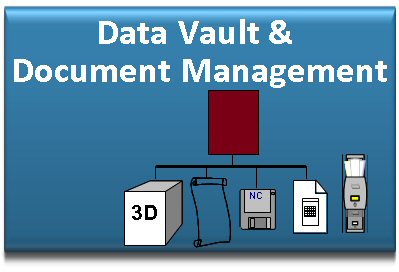
|
A major issue for many companies is ensuring the product data is up to date, correct, protected from accidental or deliberate damage and released only after is has passed a pre-defined approval process. PDM provides secure storage and access control to all data in the electronic vault and audits all changes, release levels, and approval authorisations. |
Product Structure (or BOM) Management |
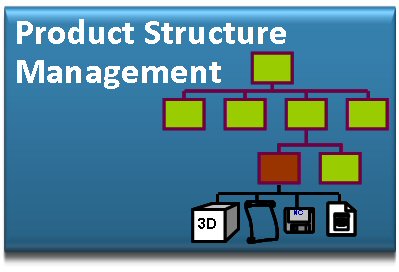
|
PLM systems facilitate the creation and management of product definitions. Managed configurations and “Bills of Material” – the ordered list of parts, sub-assemblies and raw materials that define a product – are subject to PLM user defined change processes.
PLM systems can also provide different views that allow users see product information as their speciality requires, including structural relationships, manufacturing processes, documentation, or financial, support and repair data.
See Bill of Materials Guide 6.13
|
Workflow and process management |
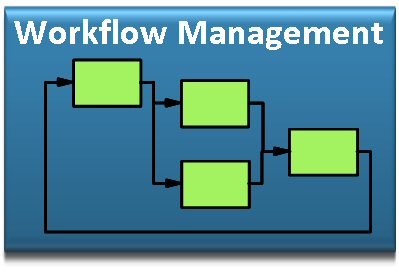
|
PLM controls and tracks the various data creation and change processes using work packets. A key process is engineering change. As changes are promoted for approval the PLM system automatically notifies all required approvers. |
Project & programme Management |
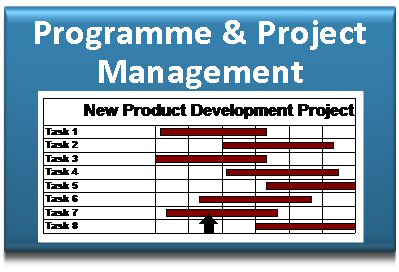
|
PLM can help break down work into smaller elements, then help assign resources, budgets and schedules, etc. and track projects. The project activity results (work packets of data files) can be assigned to the project tasks that create them. This simplifies project networks and allows greater freedom for project planners. |
Managing Product Data for Strategic Advantage |
A businesses strategy is usually concerned with providing growth for shareholders and high quality services and products for its customers. Business improvement initiatives are used to support the strategic objectives. They include: BPR, TTM, TQM and CE. These are merely innovative methods of achieving the three main objectives of any business: reduce lead times, reduce costs, and raise quality. Product Life-cycle Management (PLM) systems are a key technology supporting business improvement. On its own PLM is an interesting technology, however its real strength is enabling many of the business improvement initiatives to really stick. The matrix below illustrates how PLM supports strategy: |
|
Strategic Business Initiatives |
BPR |
TTM |
TQM |
CE |
Lead time reduction |
 |
 |
 |
 |
Cost reduction |
 |
 |
 |
 |
Quality Improvement |
 |
 |
 |
 |
Are supported by Product Life-cycle Management User Functions |
Parts Management |
Data & Document Vault Management |
Product Structure Management |
Workflow & Process Management |
Project & Programme Management |
Which assist in Managing and Controlling: |
Technical Requirements |
Temporal Targets |
Teams & Resources |
Issues: Complex mechatronic products including: software, electronics, mechanics |
Issues: Must deliver more new products faster |
Issues: Cross functional teams & external partners as suppliers and customers |
By integrating software tools and applications for: |
Product modelling |
Documenting products etc. |
Project planning/ Product planning |
Production scheduling |
Control & feedback |
CAD & CAM |
Wordprocessor
Spreadsheets |
Project management tools |
MRP (ERP) |
Shopfloor systems – SCADA |
By creating a common business infrastructure for: |
sharing information via Document Image management and viewing and
electronic Communication and Notification among team members, by
handling Data Transport requirements & managing Data Translation services, using
flexible Administration Functions allowing system change for strategic needs |
and protects investment in existing technologies by: |
|
Using suitable database architectures and consistent and flexible user interfaces
supported by industry standard communications networks
working across multiple hardware platforms |
Notes:
Many of the process improvement software tools discussed in this set of guides are now incorporated into PLM systems. Some examples include:-
FMEA, DTC, QFD, Engineering Change Management, etc.
Some PLM systems are now available as Open Source software, with the providers gaining their revenues from the implementation, systems integration, and change management consulting required for their successful deployment.
Additionally, most PLM systems are designed as integration frameworks enabling the data producing tools to be combined into a whole system.